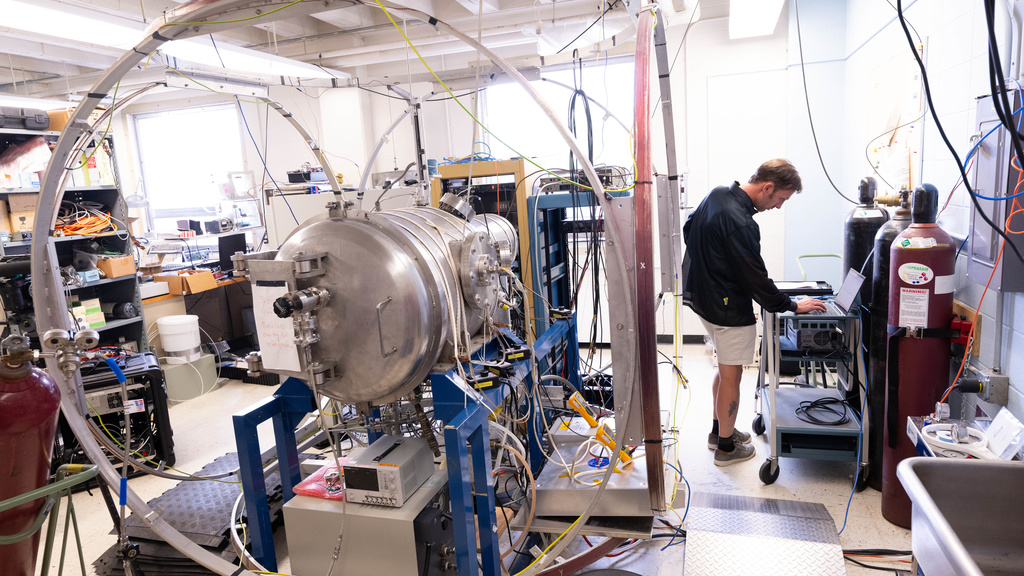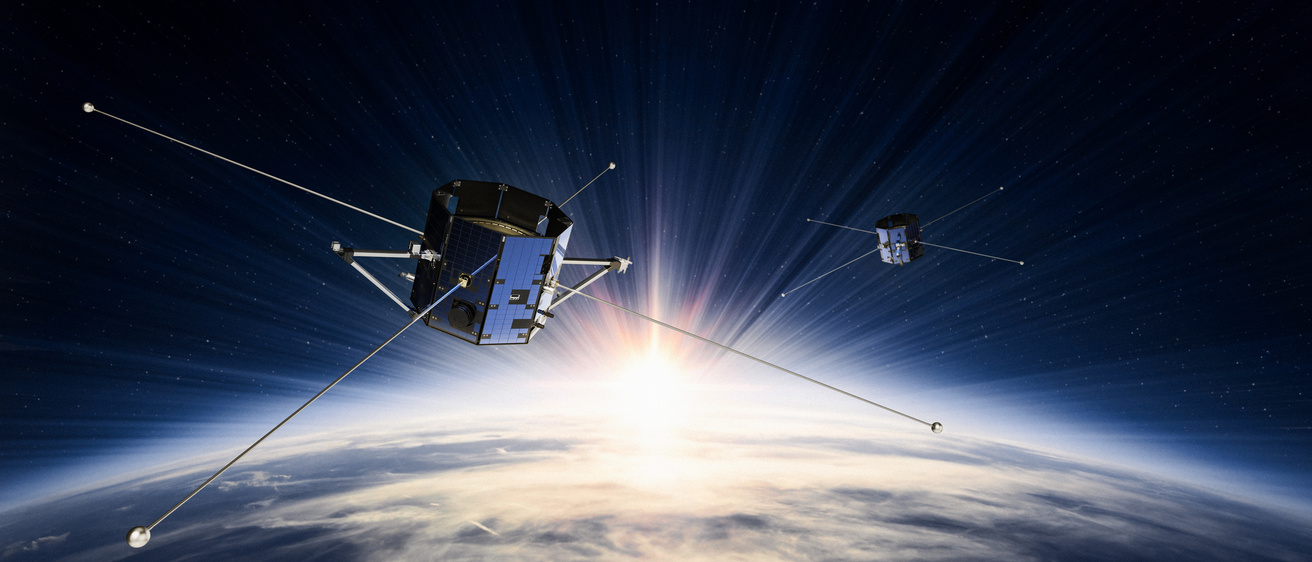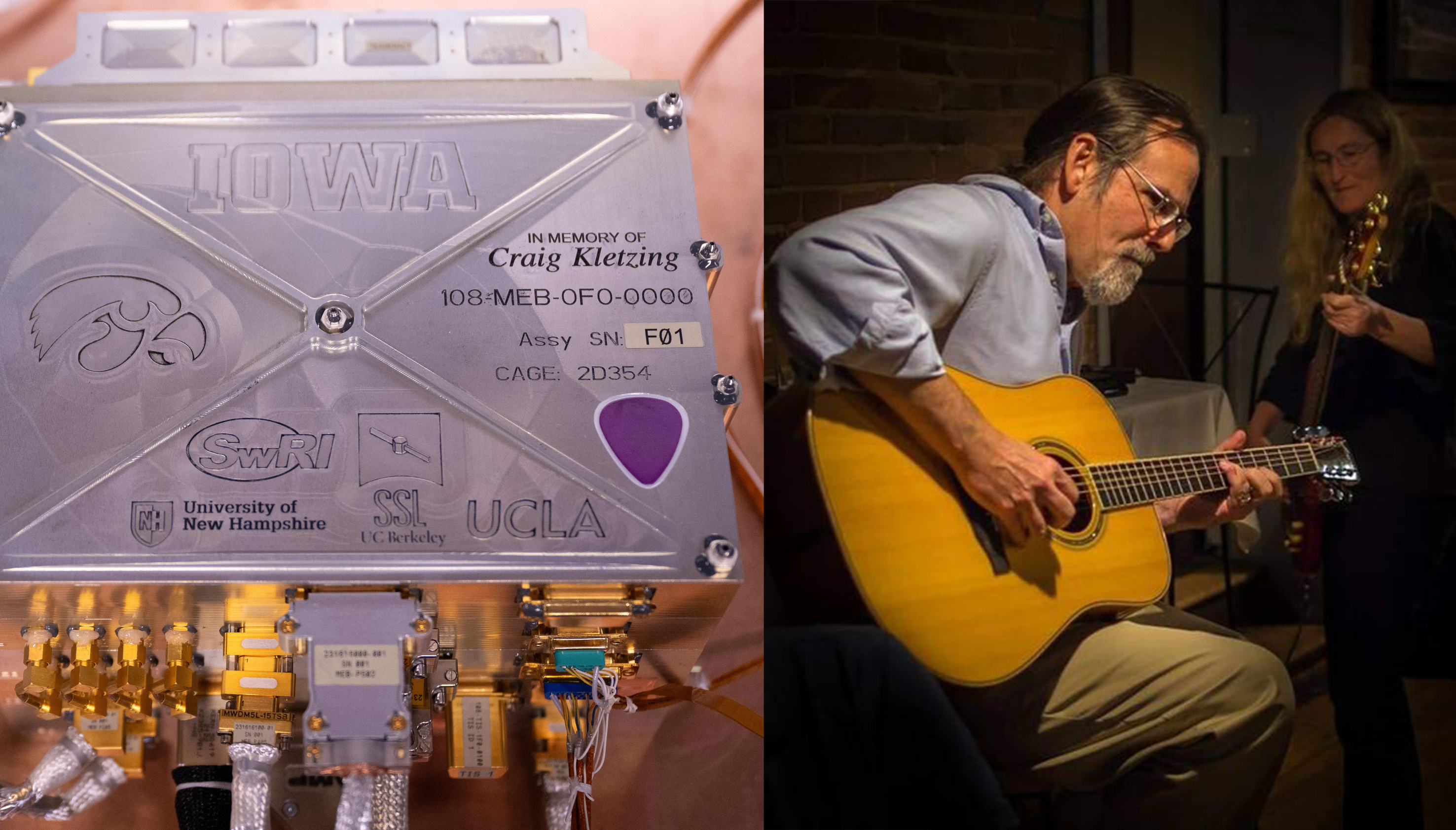Banner image credit: Millennium Space Systems
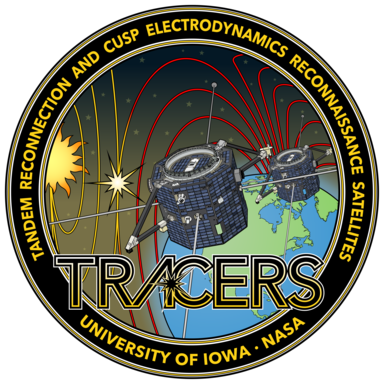
A satellite mission led by the University of Iowa to study the mysterious, powerful interactions between the magnetic fields of the Sun and Earth.
TRACERS (Tandem Reconnection and Cusp Electrodynamics Reconnaissance Satellites), consisting of two identical satellites that will orbit Earth in tandem (one following the other), will help answer long-standing questions key to understanding space weather, particularly how the Sun transfers energy, mass, and momentum to near-Earth space.
TRACERS Launched July 23
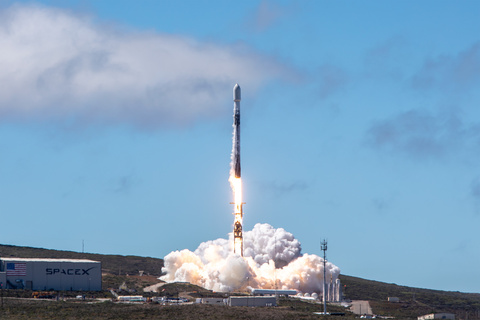
NASA’s newest mission, TRACERS, soon will begin studying how Earth’s magnetic shield protects our planet from the effects of space weather. Short for Tandem Reconnection and Cusp Electrodynamics Reconnaissance Satellites, the twin TRACERS spacecraft lifted off at 11:13 a.m. PDT (2:13 p.m. EDT) Wednesday aboard a SpaceX Falcon 9 rocket from Space Launch Complex 4 East at Vandenberg Space Force Base in California.
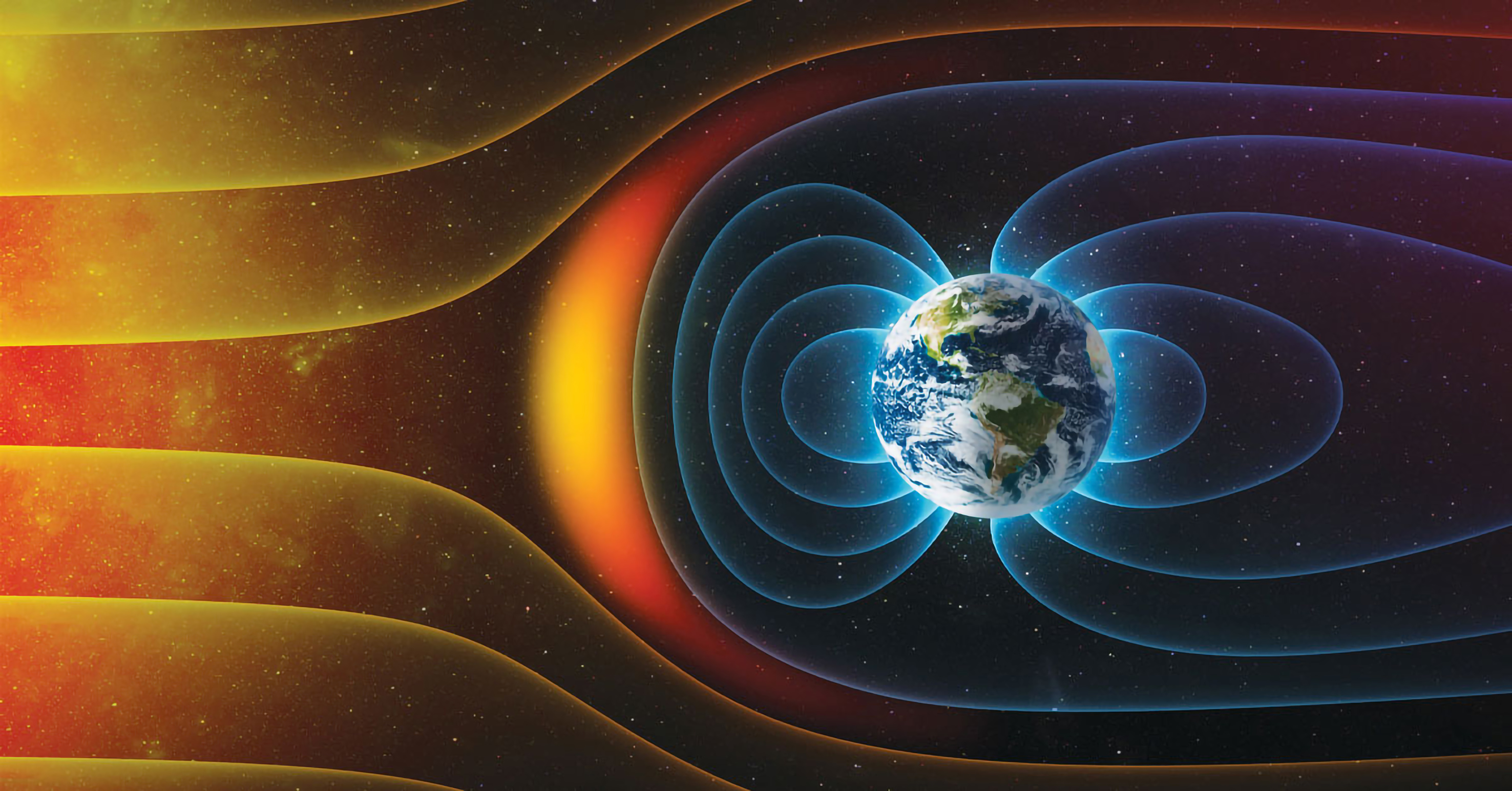
Related links:
NASA TRACERS Page
NASA Explorers Program
NASA Heliophysics
Physics & Astronomy at the University of Iowa
History of Iowa in Space
Multimedia (NASA):
Spacecraft Animations
Instrument Development and Testing at Iowa
Testing and Integration at Millennium
TVAC Testing at Millennium
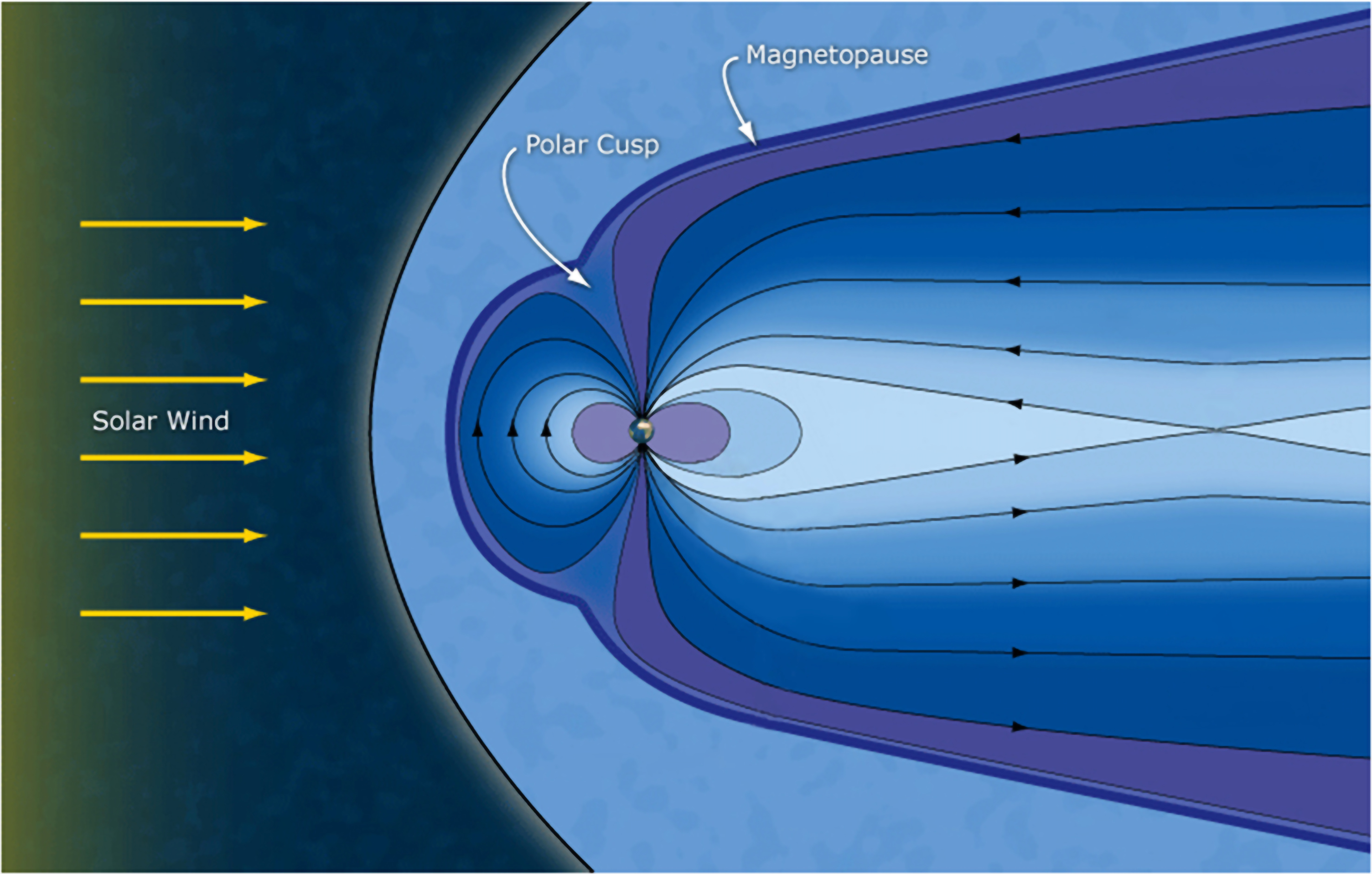
The basics of TRACERS science
The Magnetosphere
is the region of space around the Earth that is influenced by its magnetic field. The magnetosphere is shaped by the interaction between the Earth’s magnetic field and the solar wind, a stream of charged particles (ions and electrons) emitted by the Sun.
The Cusp
is a funnel-shaped region of the magnetosphere located near the north and south poles. It is an important area for studying energy transfer and particle acceleration processes.
The Magnetopause
is the boundary between the Earth’s magnetosphere and the solar wind.
Magnetic Reconnection
occurs when the magnetic fields of the Earth and the Sun interact and reconnect, allowing the transfer of energy between the two regions. This process plays a crucial role in the dynamics of the magnetosphere and is believed to be responsible for various phenomena, including the auroras.
Spatial and Temporal Variations in Reconnection
can arise due to the ever-changing nature of the Sun, which leads to changes in the solar wind. Variances in the solar wind then impact the dynamic behavior of our magnetosphere. We know reconnection occurs, but we are not yet sure in what ways it changes.
Spatial variations refer to changes in magnetopause reconnection that occur across different locations.
Temporal variations, on the other hand, pertain to changes in reconnection that happen over time.
Why study space weather?
The solar wind, a stream of charged particles from the Sun that carries the Sun's magnetic field with it, interacts with Earth’s magnetic field, causing “space weather”.
When a solar flare (coronal mass ejection or CME) sends charged particles from the Sun to Earth, some of those charged particles interact with the local plasma within the Earth's magnetosphere. This cascading transfer of energy causes things like the northern and southern lights (auroras). Sometimes, especially due to larger CMEs, these events cause problems with our electrical infrastructure.
There is evidence of CMEs in the past that would be catastrophic to our current communications and guidance systems. One reason NASA and the University of Iowa aim to better understand the physical processes underlying space weather is to protect humanity from such events in the future.
How will TRACERS help us understand the physics behind space weather?
First, the instruments chosen for this mission allow us to study the local plasma involved in magnetospheric reconnection. The instruments' measurements 'diagnose' the plasma in terms of particles (electrons and ions), electric and magnetic fields, and electric and magnetic waves.
more info - how TRACERS help us understand space weather
read more
The cusp region of the magnetosphere is special because it acts as a funnel, focusing particles and waves down to a small region. We know that when reconnection occurs, we can see energized particles come down into the atmosphere. And, depending on how they travel, the particles map to different regions in the magnetosphere. This means TRACERS can help us study vast areas of near-Earth space by orbiting through one small area, the cusp.
One of the most important aspects of the TRACERS mission is that it includes two satellites orbiting in tandem, allowing for multiple 'snapshots' of the funnel-shaped cusp very close to one another that researchers can use for comparison. This is crucial because much of the science done in this area of space physics has relied on measurements taken by one spacecraft at a time. So, while past research has been very helpful in identifying that magnetic reconnection does occur, there are long-standing questions remaining about the process, including: Does reconnection turn off and on in time, does it happen in multiple places at the same time, or something else? TRACERS will allow us to fill in these and other related questions.
Over the years, researchers have also used sounding rockets to study the cusp. TRICE-II was in many ways the proof of concept for TRACERS. Two rockets, both with similar instruments as TRACERS, were sent into the cusp at about the same separation that the two TRACERS satellites will follow (10-120 seconds). While TRICE-II provided promising data, this was just one trip into the cusp. The two TRACERS spacecraft will follow a relatively low orbit (~550km) that will take the two satellites through the cusp region a few times each day, more than 3,000 times in the first year! Since previous related studies relied on data from just one trip into the cusp or one satellite in orbit, TRACERS will be unique in that it will provide much more data under a range of geophysical conditions than has yet been possible.
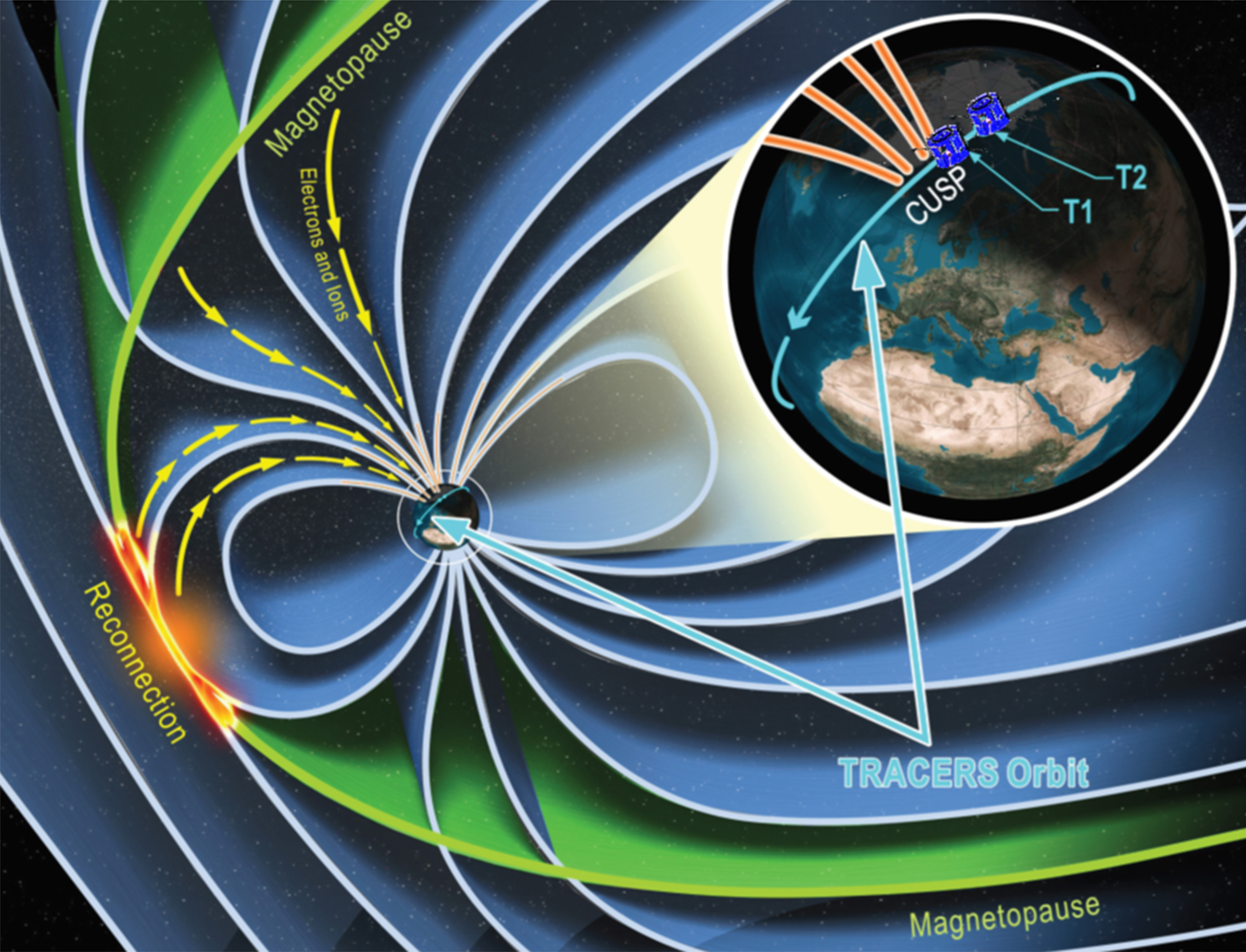
TRACERS partners
News
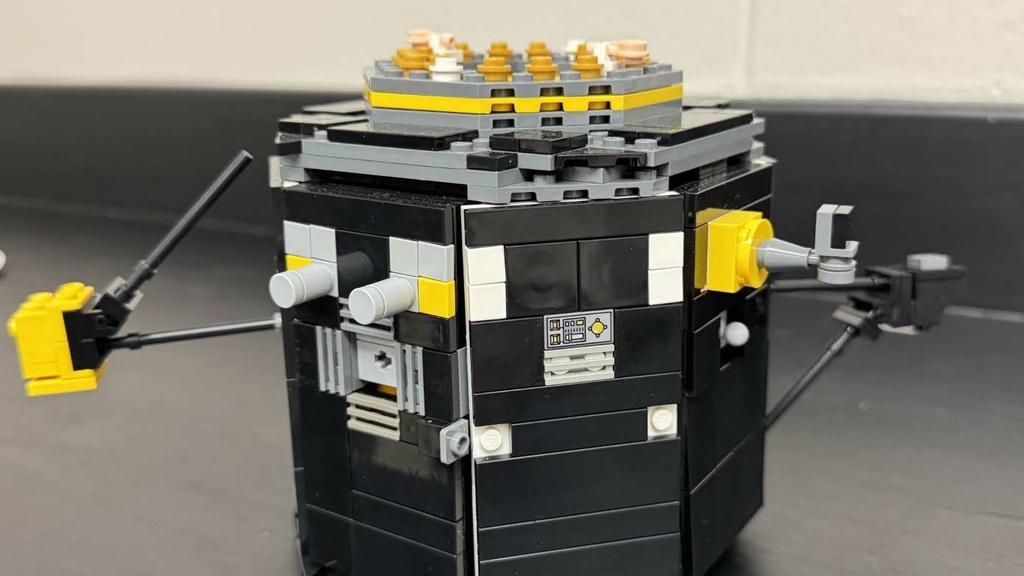
CLAS physics and astronomy department partners with engineering student to build 3D Lego model of TRACERS satellites

UI researchers complete TRACERS project for NASA
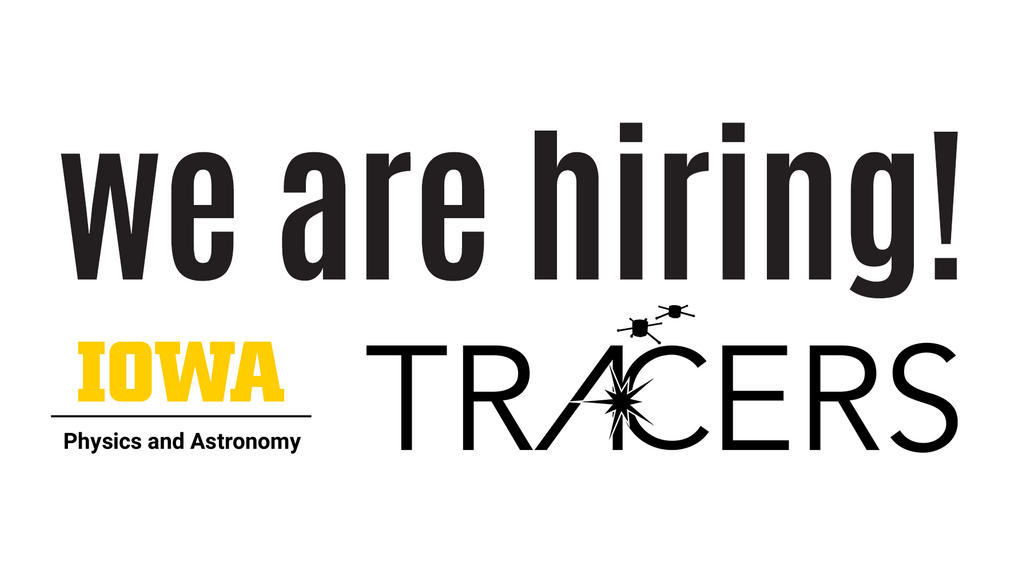
Multiple TRACERS Postdoctoral Researcher Positions
UI leads NASA project to better understand magnetic activity in space
